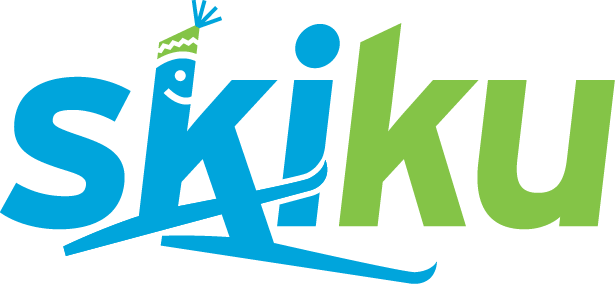How Often Should Kids Practice?
adapted from USSA Level 100 Coaching Manual
This depends on how long of a season the program plans. Parts of Alaska will have snow from October-May, but it is important to consider other sports the kids might be involved in or other extra curricular activities. It is most important for kids to be involved in a number of different sports in their younger years in order to build a strong athletic background.

Until the age of about 14, kids should ski 2-4 times per week for about a 3 month season. For some of the more advanced kids or kids that really enjoy skiing, it is a good idea to extend the season in which ski practice is available. Remember, dryland or indoor training is also a good way to extend the season if there is a lack of snow or frigid temperatures.
Kids above the age of 14 can practice more frequently, 5-7 times per week and the season can run 3-4 months. In the off-season, when snow is not available, it is a good idea to offer practice 3-5 times a week if kids are interested in improving at a higher rate.
Cross country running is a great way to train for skiing so kids should be encouraged to join the running team when they are old enough. This will provide them the training needed to improve their fitness with the fun of a team.
How long should a ski practice be?
adapted from USSA Level 100 Coaching Manual
Under the age of 14, kids should practice for 60-90 minutes. Kids over the age of 14 should practice 90-120 minutes. This includes time for gearing up and returning all equipment. Remember there is a lot of equipment involved so time can get eaten up quickly if things are not organized or kids are not taught the process for picking up and putting back the equipment. If practice is being run through P.E. classes, try to arrange for at least a 60 minute window or there will not be enough time to actually make progress in skiing. Offering after school sessions or longer weekend sessions is a great way to extend practice time. Be practical and flexible. If it is really cold outside, skiing for 90 minutes will not help accomplish the goal of spreading the joy of skiing.
What should happen at practice?
Younger kids (under 12) are great at learning on their own. Providing a structure in which the kids can learn on their own is most effective. Having short activities that allow kids to experiencing skiing on their own works better than providing directed instruction. One goal of practice should be that all kids are moving at all times, limiting standing around time. Plan activities accordingly. For example, searching for animal tracks, skiing a slalom course, and playing games are all activities that keep kids moving and allows them to explore movements on skis.
As kids get older, the amount of time spent on direct instruction can increase, but should never be the majority of time.
Ski Check-out
Having a method for storing skis in a way that is good for the equipment, (see Equipment) but also provides an easy way for kids to come in grab equipment and head out skiing is imperative to having a successful ski practice and developing a love for skiing. Building a ski rack that either provides a slot to stick the tails in or pegs to hang the skis from the tips is the easiest method to keep skis out of the way and easily accessible. Having ski bags organized by size of skis would also work. The same applies for boots. Hanging them by nails in the wall works well to get them off the floor. Develop a method for checking out equipment so that kids can ski on days when there isn’t organized ski practice and also bring skis home over the weekend. A simple checkout form hanging with the skis works well. The more time a kid voluntarily spends on skis, the more skills they will develop.


